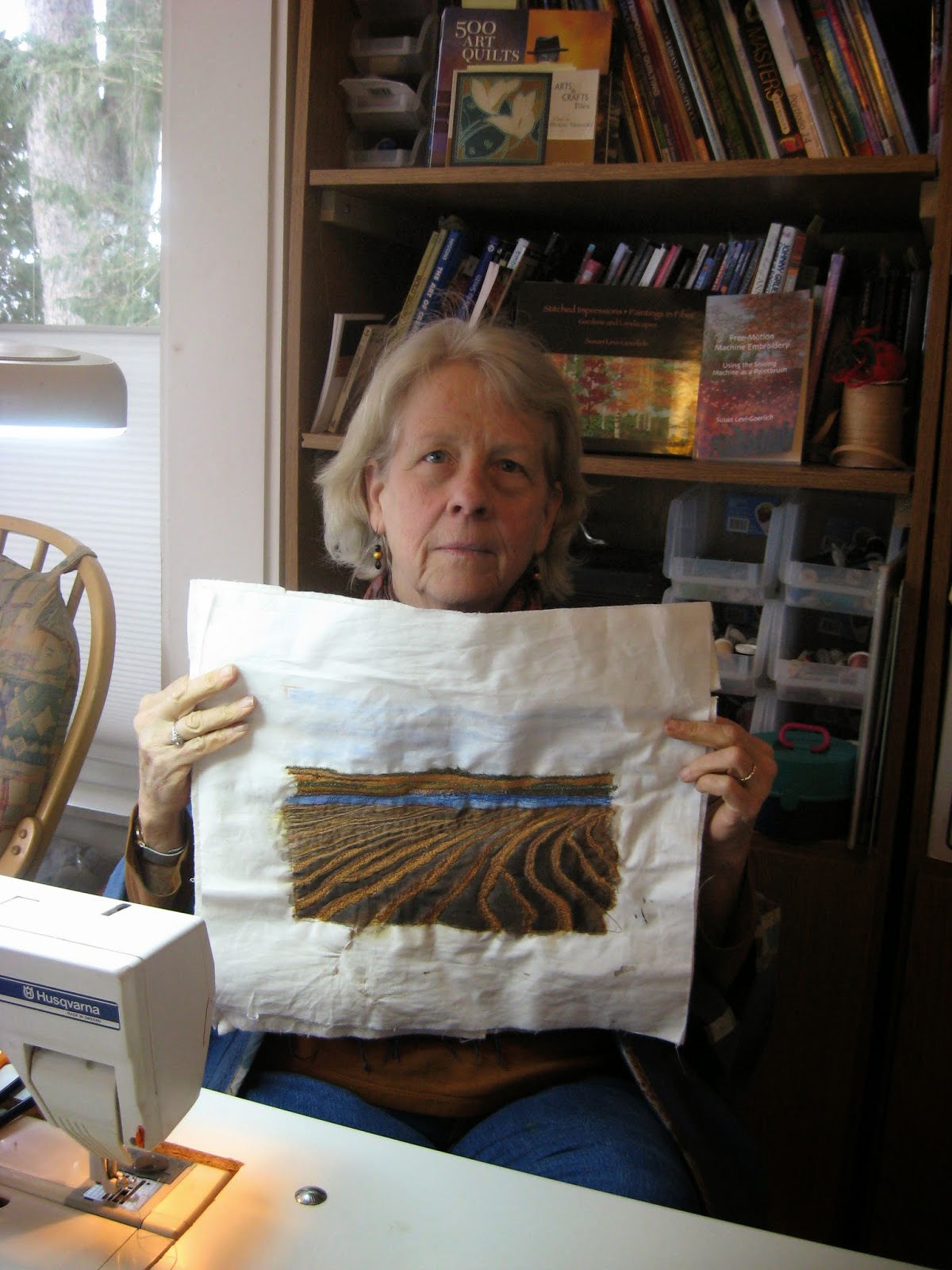Jerol was so many things to me: when we were kids, a playmate in the bathtub, comfort in thunderstorms, and a moral sounding board; later, the model for my own efforts at experimental gardening and adventurous cooking.
After her marriage she moved to the mountainous country of Sussex County, New Jersey, where migrants work the onion fields, dairy farms are losing ground to ski slopes, and everything is 45 minutes from home. In those years, when she and her husband Larry were raising their two children, necessity forced her to put on heavy gloves and take a job making pallets from rough slabs of wood. Somewhere along the line there, she developed the grit of a hard-luck country heroine.
I'll never fully understand the sources of that grit, but I do know that, gritty or not, Jerol never lost the generosity that had once motivated her, as she left high school, to seek work at the New York Foundling Hospital in New York City. Instead, she ended up taking a training course to become, and being certified as, a dental assistant, but her soft heart for foundlings remained: over their years in the country, she and Larry took in many a foundling, friends of her children and later her grandchildren, kids who had run out of love and places to stay. Pregnant, unemployed, illiterate, even thieving, no one who ever crossed her path with a sad story and a lack of options was turned away. As I write this, her grandson and a friend of his are living with a space heater in the garage of the house that Jerol shared with her husband Larry and her daughter Lynn. Lynn's boyfriend, Concepcion, who is Mexican, now lives there too.
I didn't set out to eulogize Jerol, though I guess I've ended up doing so, in a very shorthand way.
What I set out to say is that
1. Jerol's boots will never be filled.
2. The depth and breadth of my grief are going to bear in on me, a little at a time, time after time.
In the mean time, I put one foot in front of the other, and I solace myself by creating art, which takes me away from consciousness of my loss.
I love sand ripples because they're ephemeral but eternal at the same time. Today I'm working on two sand ripple images from First Encounter Beach on Cape Cod.
Jerol loved the beach. Any beach. Especially Long Beach Island, New Jersey, where her ashes--or should I say cremains--will probably be scattered this spring or summer. But when she visited Cape Cod, First Encounter was her favorite beach because it didn't involve stairs and was more compatible with her limited and achy mobility.
This is how I smooth over the jagged edges of my grief.










Art is a powerful tool for healing. It allows us to go deep into our memories and roll around with them until we are ready to embrace them. Wishing you a peaceful journey.
ReplyDelete